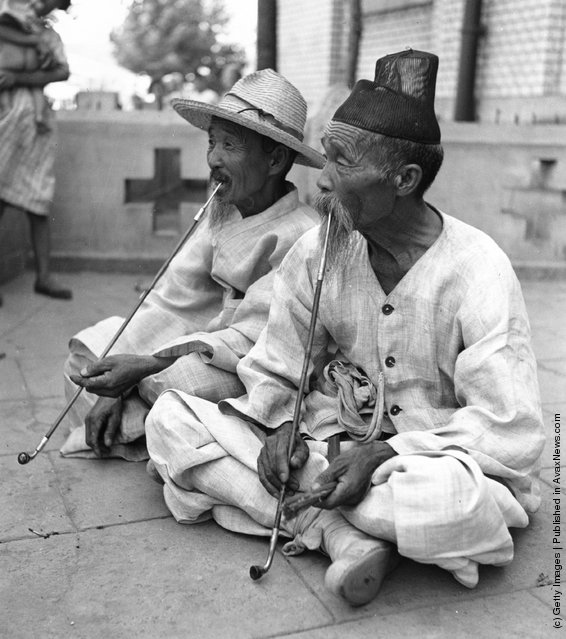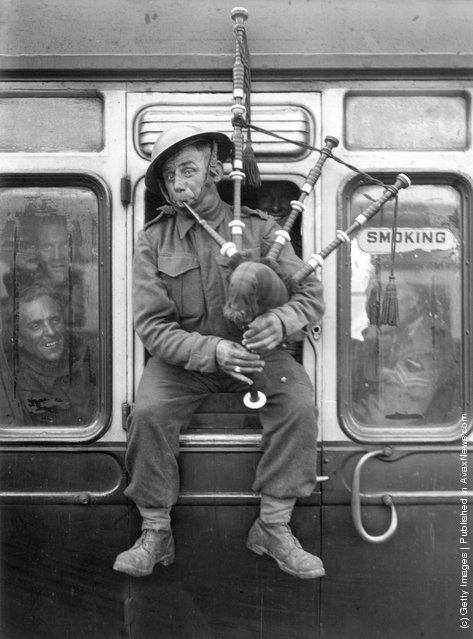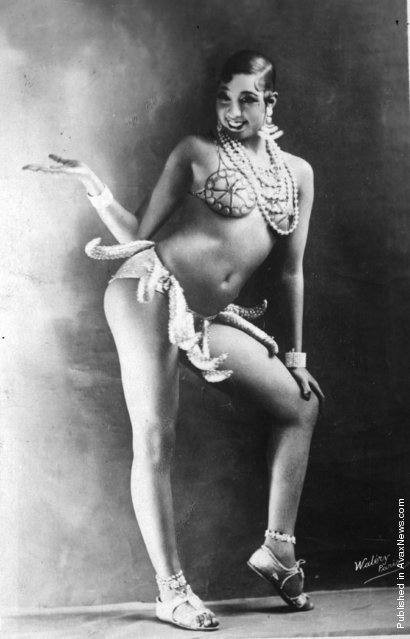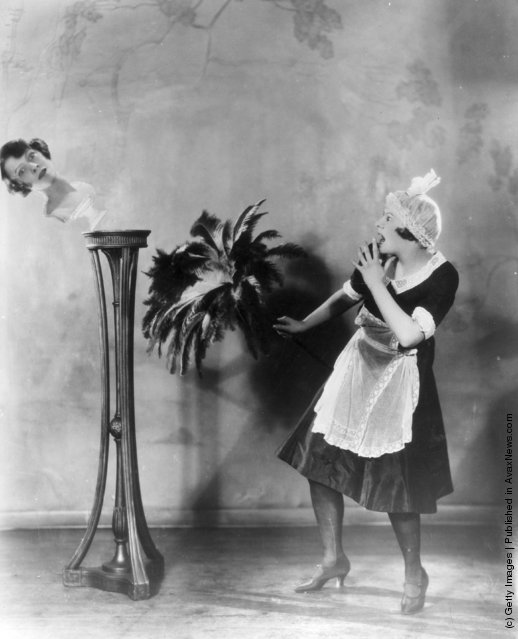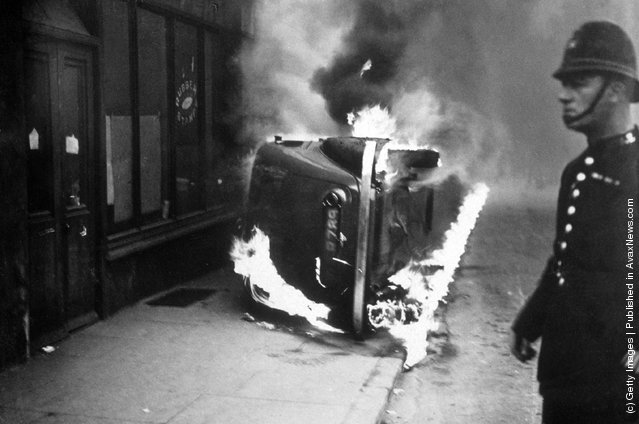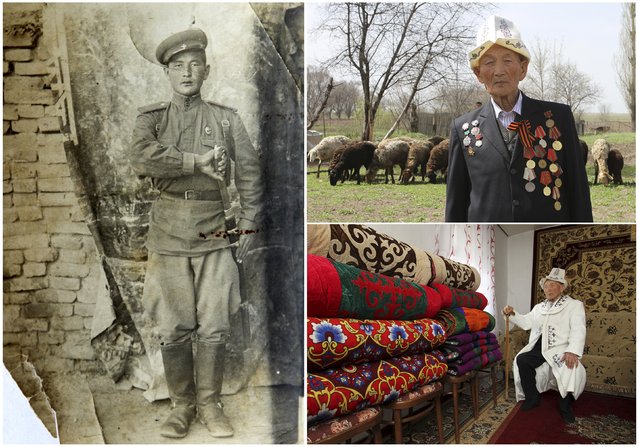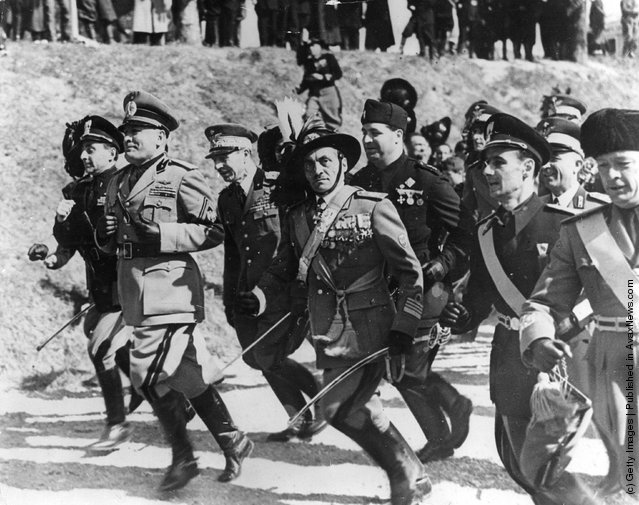
“Benito Amilcare Andrea Mussolini (29 July 1883 – 28 April 1945) was an Italian politician who led the National Fascist Party and is credited with being one of the key figures in the creation of Fascism”. – Wikipedia
Photo: Italian fascist dictator Benito Mussolini leads his officers in a spirited run in full military regalia. (Photo by Keystone/Getty Images). Circa 1940
Photo: Italian fascist dictator Benito Mussolini leads his officers in a spirited run in full military regalia. (Photo by Keystone/Getty Images). Circa 1940
25 Jul 2011 12:24:00,post received
0 comments

